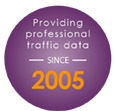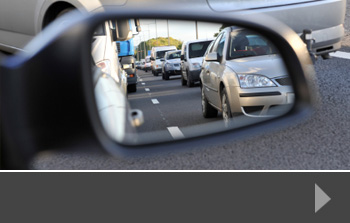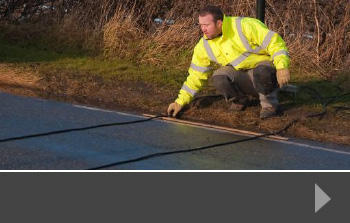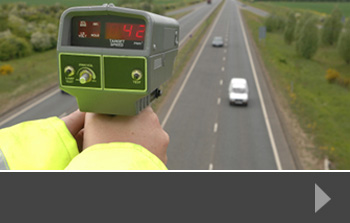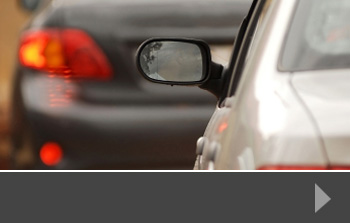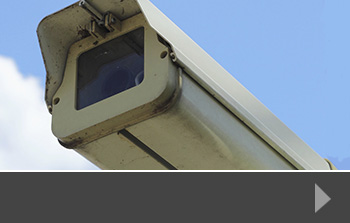The balance between easing congestion and keeping economies moving
Transport planners and traffic experts are in the middle of a revolution. Under pressure from government agencies, developers, pressure groups and more, they have to plan new routes, suggest highway improvements and balance the needs of business with the health and welfare of local communities.
Key transport planning considerations
- Congestion – the UK has a significant problem with congestion in its towns and cities. Increasing numbers of vehicles are using roads that do not have the capacity to cope, creating tailbacks and making journeys longer. Planners need to consider how to improve roads and junctions to reduce congestion, or whether to build new roads like relief routes to take traffic away from the busiest areas.
- New developments – the UK needs new housing and that housing needs to be supported by infrastructure. This creates additional traffic – most households run two cars – and so new developments need careful integration with existing road systems. In addition, planners have to consider the impact of new developments on existing infrastructure such as schools, shops and hospitals.
- Public transport – part of the solution to easing congestion is to invest in better, more reliable public transport and to make it safe for people to walk and cycle on busy routes – or provide safe alternatives. Local authorities may stipulate access to public transport or cycle routes for new developments, which may mean widening roads and pavements and designing new bus routes.
- Air pollution – the health and wellbeing of all road users and those living and working near roads has become a major issue. Whilst advances like electric vehicles help to improve air quality because they do not emit exhaust fumes, they still produce other pollutants from brake and tyre dust. So for many planners, the challenge is to reduce the number of vehicles rather than change the vehicle type.
For all these issues and more, transport planners rely on data to help them see how to reduce congestion, help businesses keep things moving, keep town centres alive and protect people’s health. That data includes targeted traffic surveys, parking surveys, journey time surveys and more – providing initial information that can be used as a benchmark as well as to guide decision making, and then re-surveying at a later date to check progress.
To find out more about tailored traffic surveys, contact RDS today.

